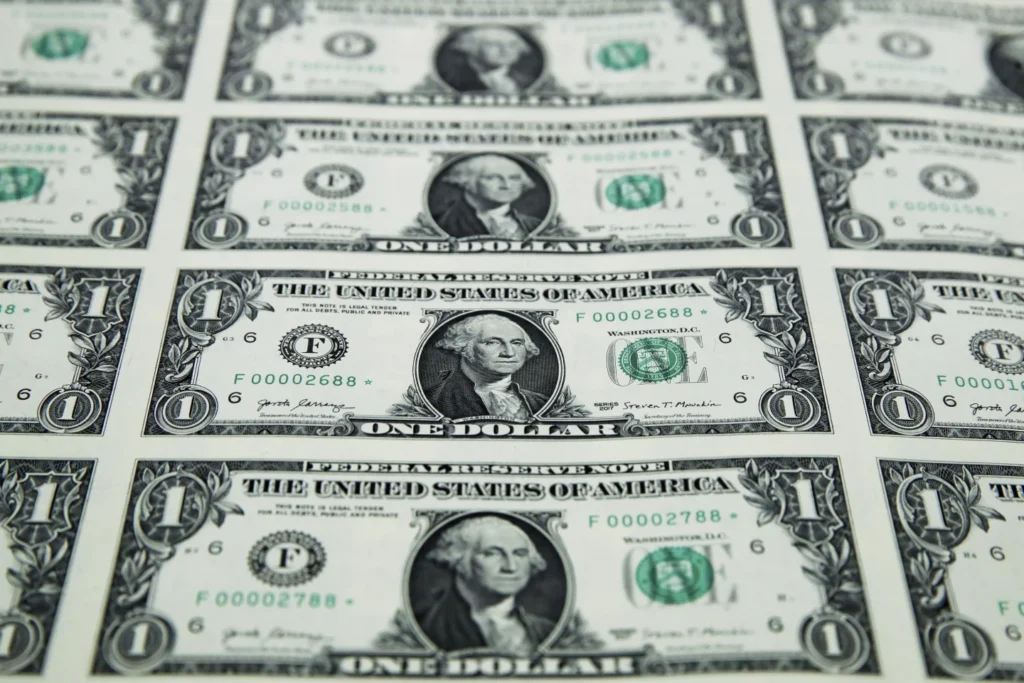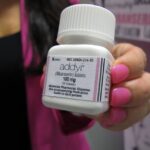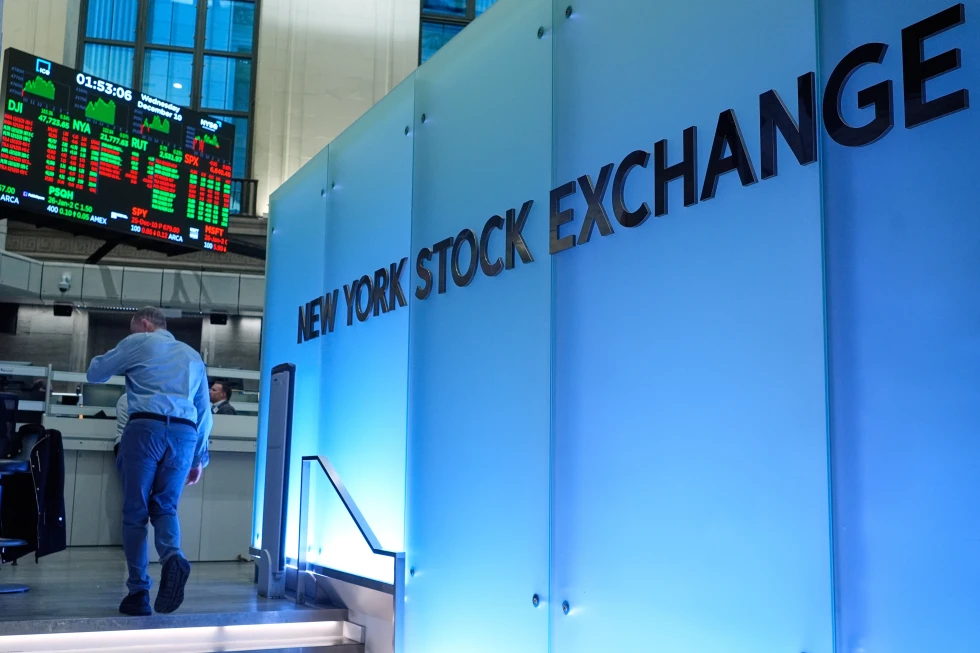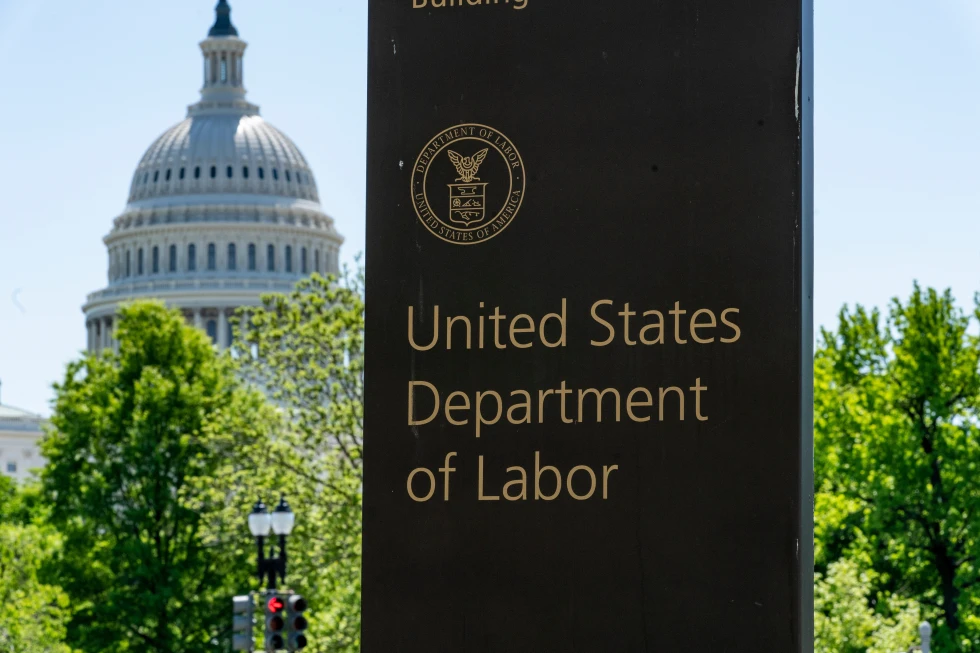US Economy Growth Q2 2025 Beats Expectations with 3% Surge

US Economy Growth Q2 2025 Surges 3% Despite Underlying Weakness
The US economy growth Q2 2025 reached 3%, a stronger-than-expected rebound after a 0.5% contraction in the first quarter, according to the U.S. Commerce Department. The second-quarter bounce surprised economists, who had predicted a modest 2% rise.
While the headline number indicates a healthy recovery, analysts say the strength may be deceiving. Much of the gain came from a sharp decline in imports, which artificially inflated the GDP. This drop, the largest since the pandemic, added more than five percentage points to overall growth.
Consumer Spending and Investment Trends
Consumer spending in Q2 rose by 1.4%, up from 0.5% in Q1. Though better, it remains weak. Private investment fell sharply by 15.6%, marking the largest decline since the COVID-19 outbreak. A reduction in business inventories further dragged GDP, subtracting 3.2 percentage points from the quarter’s growth.
Economists point to a key GDP metric — which excludes volatile components like exports, inventories, and government spending — to measure core economic health. That figure grew by only 1.2%, down from 1.9% in Q1, making it the slowest pace since late 2022.
Tariffs and Trade Tensions
President Donald Trump’s tariff-heavy economic strategy played a significant role in shaping Q2 performance. His administration’s ongoing trade policies triggered the Q1 import surge and led to the Q2 pullback.
Trump celebrated the GDP results on Truth Social:
“2Q GDP JUST OUT: 3%, WAY BETTER THAN EXPECTED! ‘Too Late’ MUST NOW LOWER THE RATE. No Inflation! Let people buy, and refinance, their homes!”
Despite his optimism, economists remain cautious. They warn that tariffs raise business costs and could hurt long-term productivity by shielding U.S. firms from global competition. Although tariffs are intended to protect domestic industries and encourage local manufacturing, they are effectively taxes paid by U.S. importers — costs often passed on to consumers.
Government Spending and Inflation Slow
Federal government spending and investment dropped again, falling by 3.7% in Q2 after a 4.6% decrease in Q1. Meanwhile, inflation eased. The Federal Reserve’s preferred measure, the PCE price index, rose at a 2.1% annual rate, down from 3.7% in Q1. Core PCE, excluding food and energy, slowed to 2.5%.
Despite easing inflation, some economists remain skeptical that recent gains can be sustained, especially if tariffs continue to disrupt supply chains and raise costs.
Source: AP News
: 130







